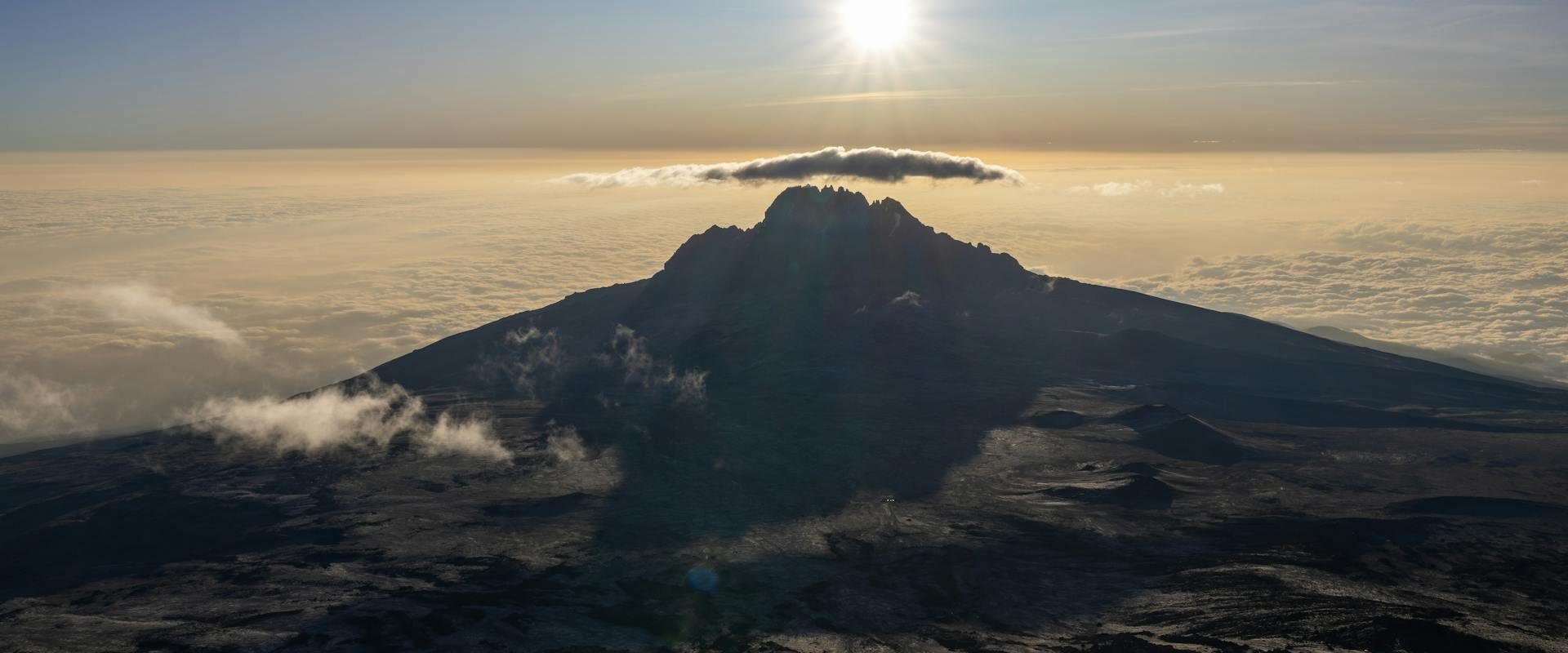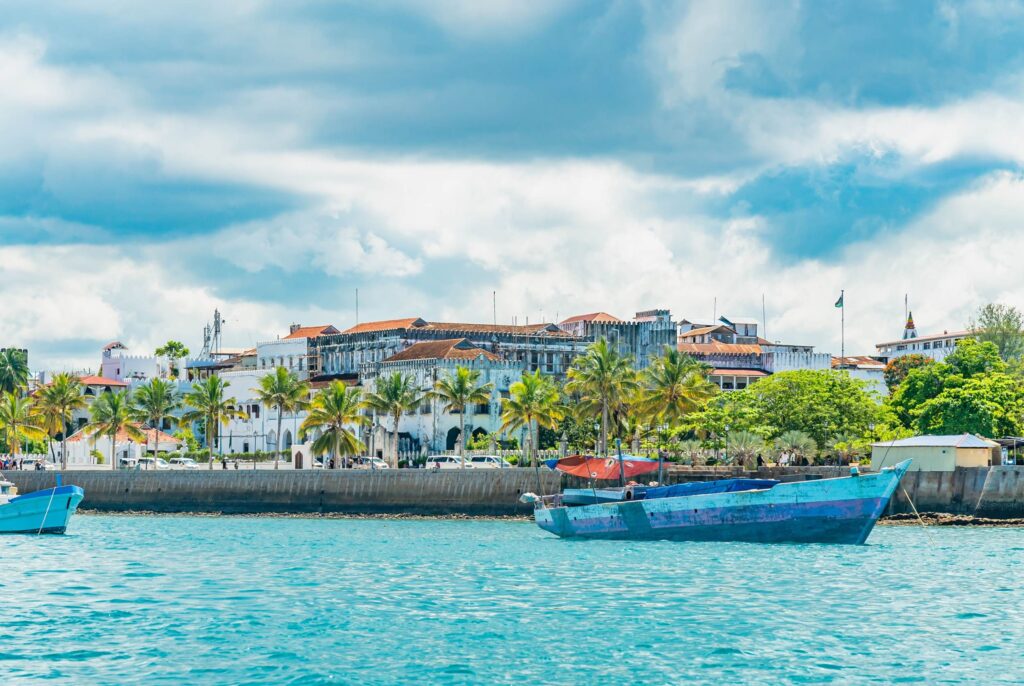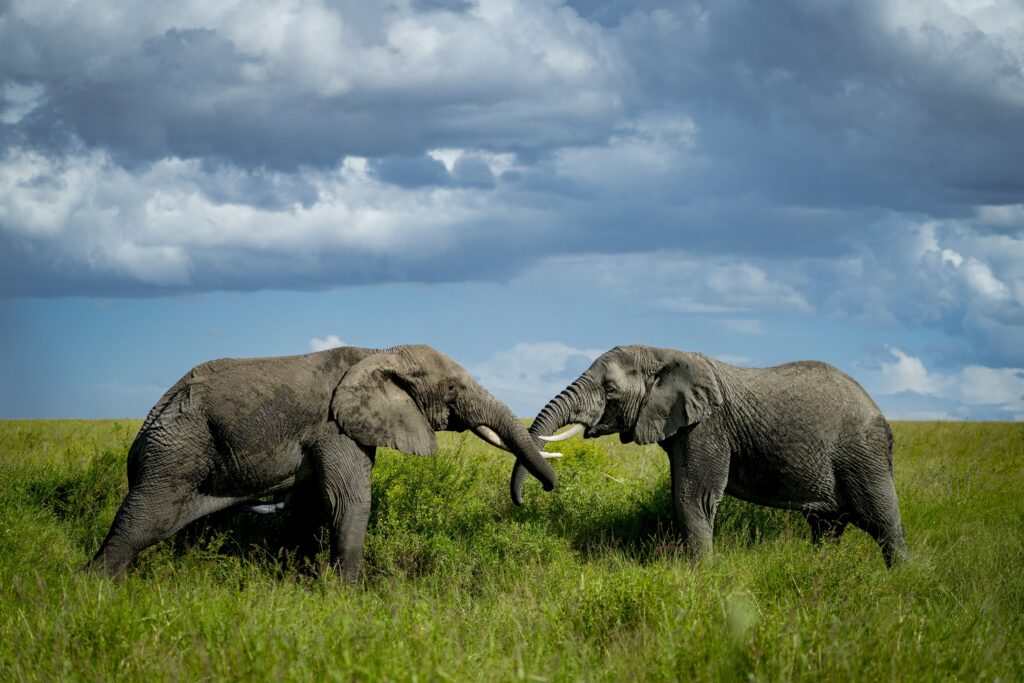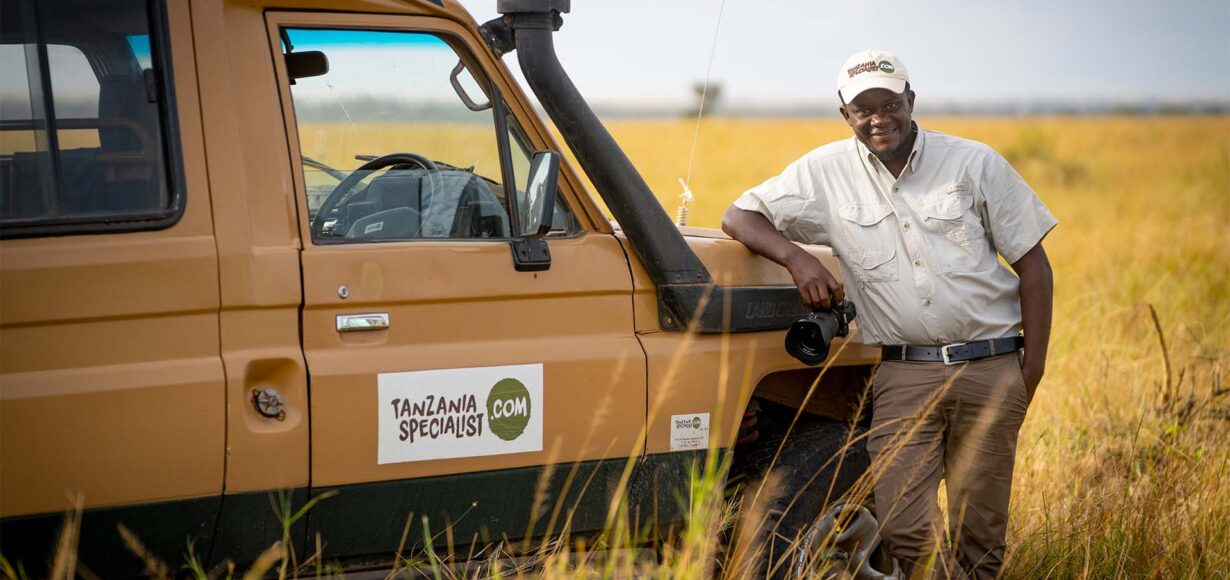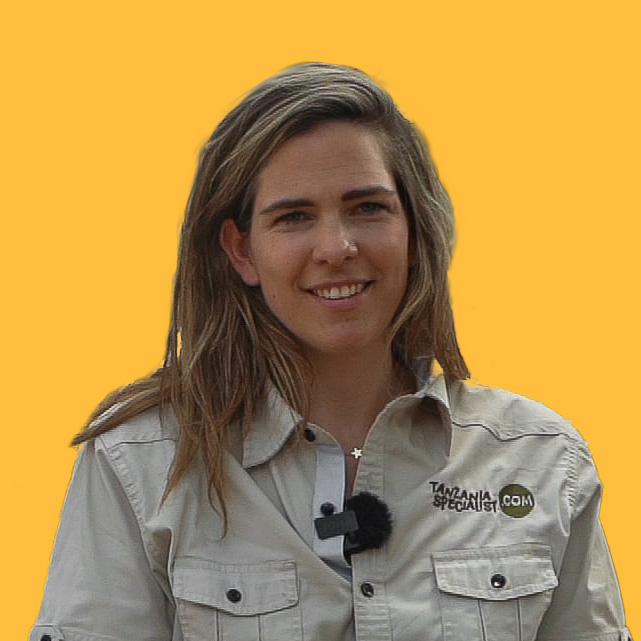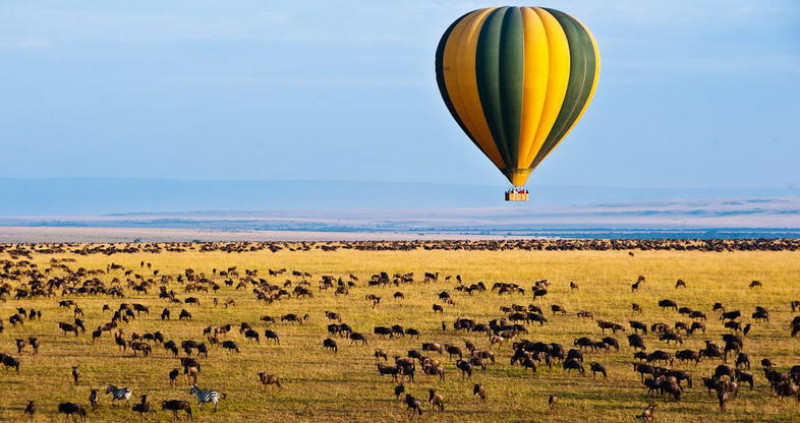
10 July 2024
With 5,895 metres (19,340 ft), Mount Kilimanjaro is the biggest freestanding mountain in the world and the highest in Africa, shining bright on the map of Tanzania. If you’re planning a trip to this wonderful country, you might be wondering – is Mount Kilimanjaro hard to climb?
We’re here to give you a solid breakdown of the Kilimanjaro hike difficulty, what you can expect, and how to maximize your chances of reaching the top. We can tell you one thing now – it’s not an easy trek, but it is very much worth it.
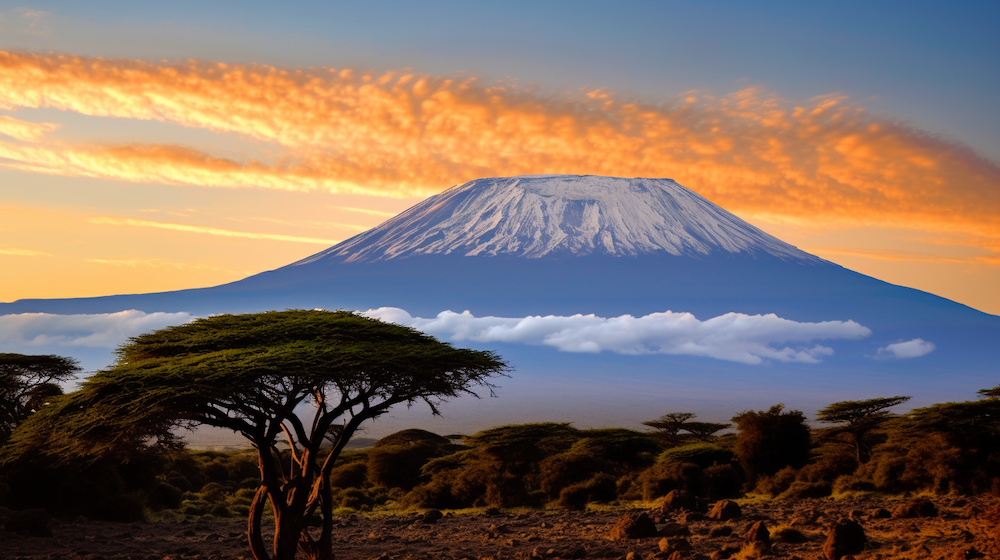
Is Kilimanjaro Hard To Climb?
A simple answer: yes. For most people, a Kilimanjaro hike is not a walk in the park. Having said that, the routes themselves are not too challenging. On most treks, there are no steep and difficult climbs to make, but that’s not the real problem here.
The actual challenge is dealing with the altitude. The amount of oxygen near the peak is half of what we’re experiencing at sea level, which can take a serious toll on your body if you’re not careful.
Another potential hurdle is low temperatures. Despite what most people assume about Africa, they can drop during the hike to rather low values.
In addition to that, to hike Kilimanjaro, you’ll have to deal with sleeping in tents and having very limited access to amenities for at least five to six days.
So even if not very technically demanding, the Kilimanjaro hike is considered hard by most people who’ve tried it.
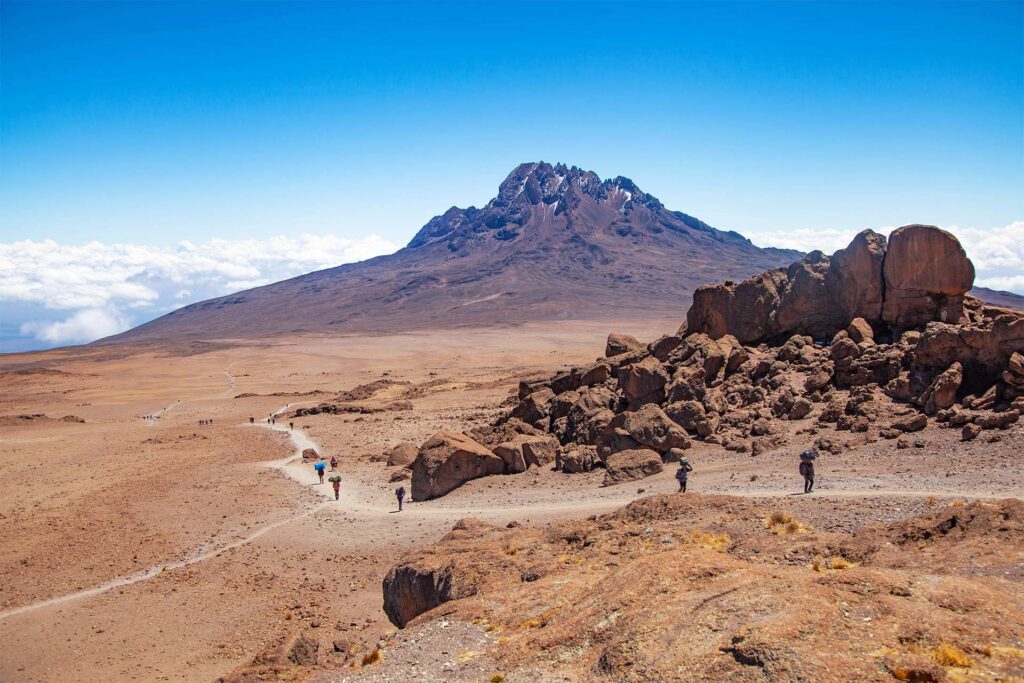
Mount Kilimanjaro Difficulty
Altitude on Kilimanjaro
The most common issue people encounter when hiking Kilimanjaro is altitude, or more precisely, what low oxygen levels do to a body. At the summit of Kilimanjaro, you will experience approximately 49% of the oxygen that is typically available at sea level. It, very literally, takes your breath away.
Such low levels increase the risk of developing altitude sickness that can manifest itself in a variety of unpleasant (and sometimes potentially dangerous) symptoms, such as dizziness, headaches, nausea, and shortness of breath.
For this reason, one of the most important factors of a successful attempt is acclimatization. Some people take part in special altitude training, which can help them prepare for the hike, but it’s not necessary.
What you can do is decide on a longer itinerary, with six to nine days for making it to Uhuru Peak. The more time you give yourself, the better. This way, your body can slowly get used to the lower oxygen levels and produce more red blood cells to help with more efficient oxygen distribution in the body.
Due to its extreme height, you won’t find any vegetation or fauna on the summit of Kilimanjaro. It also means it’s not safe to spend extended periods of time in this environment, especially without proper acclimatization.
So, if you want to try yourself on the mountain, we highly recommend choosing a longer route.
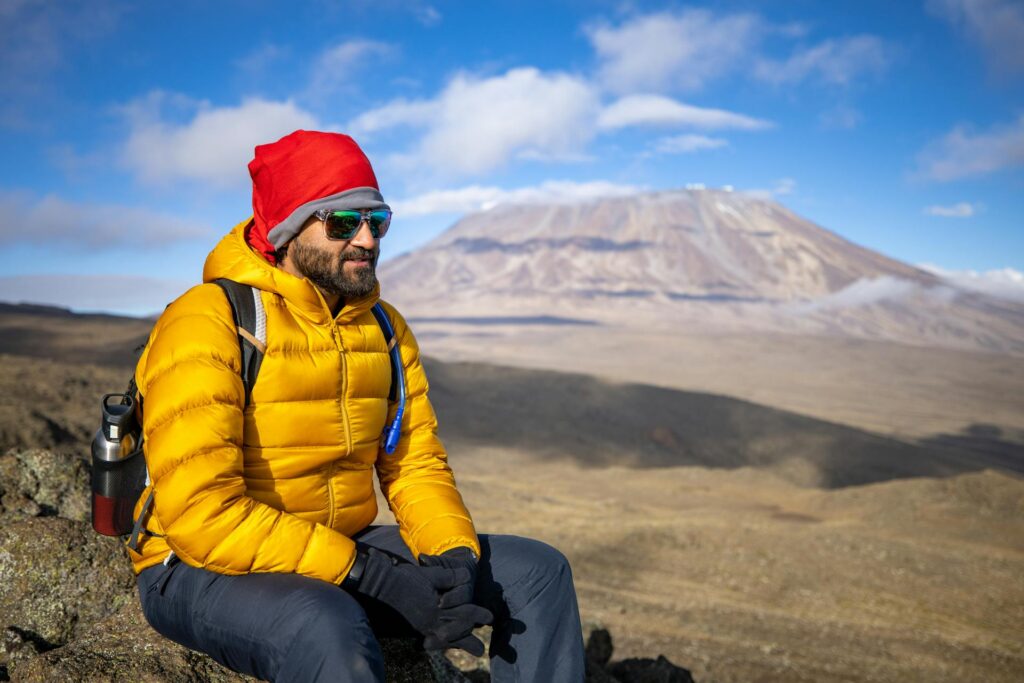
Kilimanjaro Hike Routes
There are eight Kilimanjaro routes leading to the top:
| Route | Distance | Time |
| Umbwe | 53 km (32 miles) | 5 – 7 days |
| The Western Breach | 52 km (32 miles) | 6 – 7 days |
| Shira | 56 km (35 miles) | 6 – 8 days |
| Machame | 62 km (37 miles) | 6 – 7 days |
| Rongai | 70 km (43 miles) | 6 – 7 days |
| Lemosho | 70 km (42 miles) | 7 – 9 days |
| Marangu | 72 km (45 miles) | 5 – 6 days |
| Northern Circuit | 88 km (53 miles) | 8 – 9 days |
Depending on which one you choose, you’ll be hiking for five to nine days straight. As we previously pointed out, easier and safer for your body are the longer treks (Machame, Lemosho, Rongai, or Northern Circuit), which take 6+ days to accomplish.
You’ll find companies that advertise and accommodate short routes, which are popular mostly because of their lower price. However, it’s good to be aware of the fact that the success rate on these treks is considerably lower (somewhere close to 60%) compared to the success rate of longer routes, which reaches 85% to 95%.
By far the most challenging and dangerous route on Kilimanjaro is the Western Breach route. The reason for that is its steep, rocky slope that has been known to produce bolder avalanches, harming at least six people over the years.
The most beginner-friendly trek is the Lemosho route because of its long acclimatisation period and fairly easy hiking experience. It’s also one of the most scenic routes.
The Marangu route, which is also called the Coca-Cola route, can be a good choice for first-time Kilimanjaro climbers as well. Not only does it offer huts instead of tents, but also wins trekking novices over with a low level of difficulty. As you might have guessed it, this also makes it one of the busiest treks.
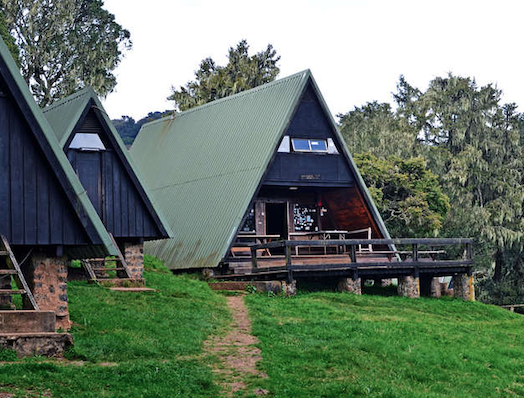
None of the Kilimanjaro routes require specialised gear like ropes, harnesses and axes. This doesn’t mean there aren’t any challenging sections on this trek. But, for the majority of the time, the hike is accessible to individuals with varied mountaineering experience.
Camping and Sleeping Conditions
Something to also take into consideration is the sleeping arrangements on the Kilimanjaro hike. All routes, except for Marangu, require hikers to sleep in tents. This, depending on your comfort level and expectations, might be fine or not at all something you wish to endure.
Remember – the hike lasts for at least five to six days, and that’s the amount of time you will be forced to sleep on the ground in the sleeping bag and surrounded by other hikers. If that’s not your cup of tea, Marangu is the route for you.
Access to amenities such as a shower is non-existent. So no, you won’t be able to properly wash yourself for the duration of your hike (but no one minds, really). Toilets, however, are available and regularly cleaned – even if they might be in less than perfect condition on the particularly popular routes.
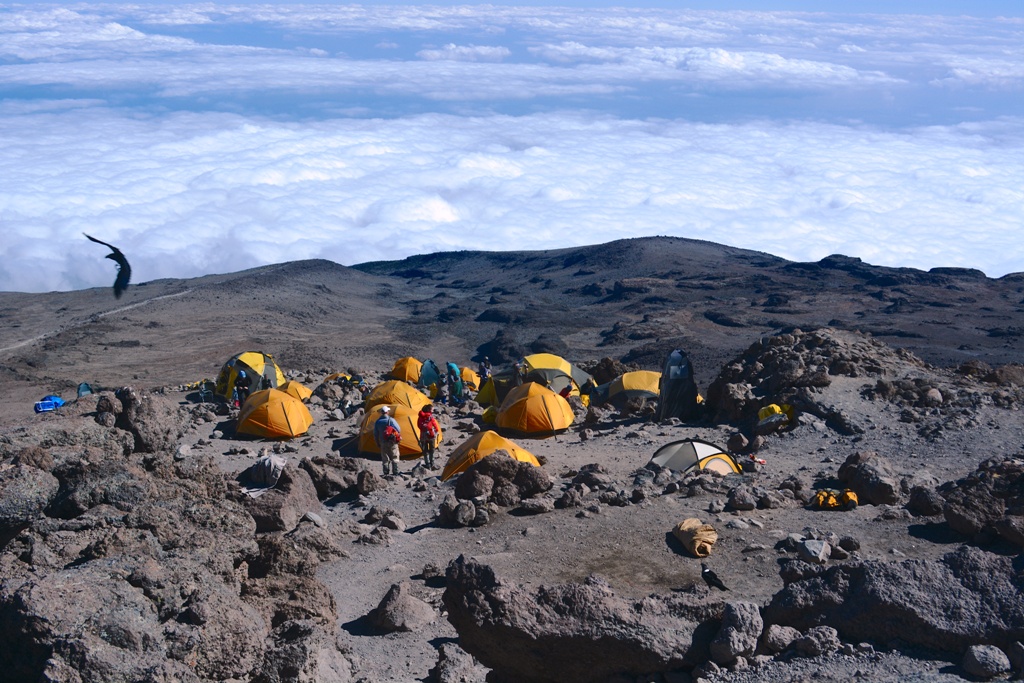
Weather on Kilimanjaro
Weather conditions on Kilimanjaro are relatively good, especially during dry seasons. The two windows of time when hiking Kilimanjaro are the safest and most comfortable are from July to October and December through February.
Still, despite the fact that the mountain is located in Africa, due to the altitude, you can expect the temperatures to drop at night to really low values (even -20 degrees Celsius). It’s therefore important to be prepared for it.
Packing and wearing protective clothing and sleeping in a high-quality, well-insulated sleeping bag can make the experience much more comfortable.
High-altitude mountaineering always bears the risk of facing adverse weather conditions, and Kilimanjaro is not an expectation here. But the good news is that during your hike, you’ll be accompanied by experienced guides who’ll be able to ensure your safety and comfort as much as possible.
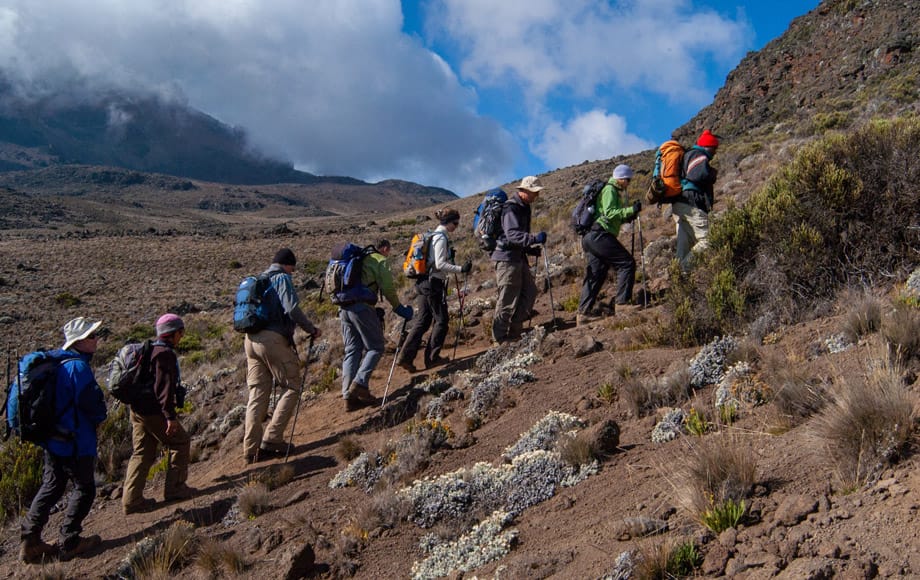
Your Physical and Mental Condition
How fit do you need to be to climb Kilimanjaro? Well, the simplest way to answer that is to understand what type of endeavour is Kilimanjaro trek.
During your hike, you’ll be walking on uneven, sometimes steep terrain for five to nine days consecutively.
One of the most challenging parts of the whole trek is the summit night, during which you have to face a long and hard uphill slog in the high altitude. After making your way up, you also have to make your way down, all in one day. This equates to up to 15 hours of trekking in relatively challenging terrain and conditions.
On top of that, the Kilimanjaro climb can be mentally and emotionally demanding. You’re far away from home, don’t have access to your usual comforts, you sleep in a tent, experience cold, and you’re dependent on your fellow hikers.
It’s a good idea to prepare your body and mind for this adventure. You may benefit from an intense training regimen (at least four days of training sessions for building endurance and strength).
Also, make sure your motivation is unshakable. Select a reliable company to organise your hike to ensure your own safety and peace of mind, knowing you’re in good hands.
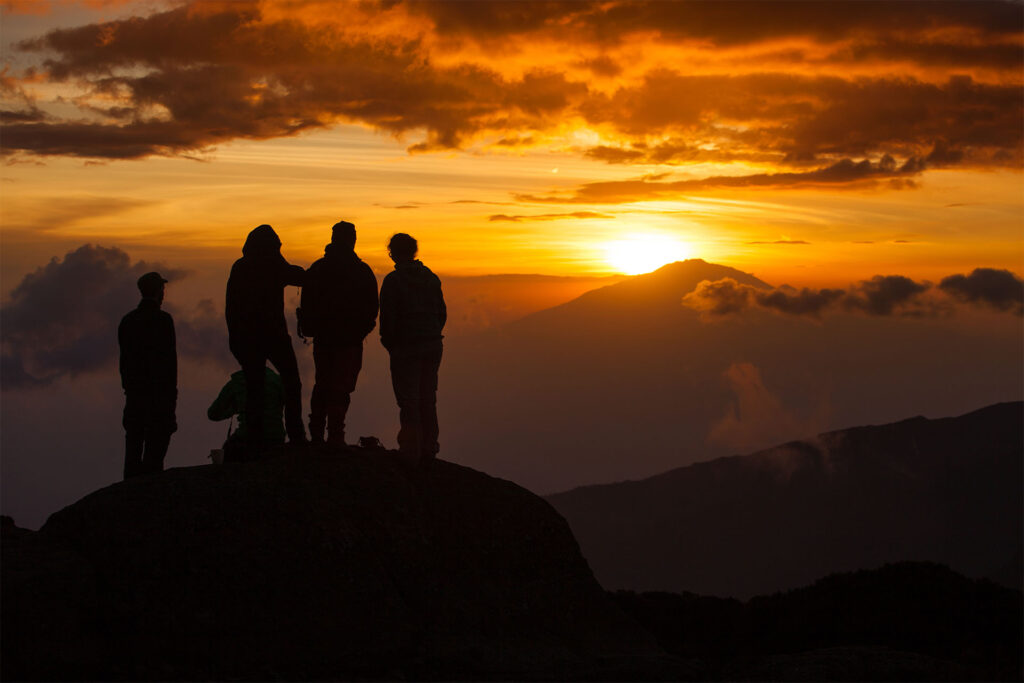
How Difficult Is Kilimanjaro? Success Rates!
As we mentioned earlier, the longer routes offer the highest success rates. A route such as Lemosho has an impressive 90% success rate, whereas a seemingly more popular Marangu route offers only a 65% success rate.
The average success rate for Mount Kilimanjaro is around 65%, which means almost half of all people who try to climb this mountain fail.
Can an Average Person Climb Kilimanjaro?
Yes, it’s more than possible for an average, active person to climb Kilimanjaro. A few factors play a role in a successful ascend.
- Good preparation and planning ahead
- Supportive and experienced guide (we’ll take care of that)
- Choosing a longer trekking route
- Having solid motivation and a positive attitude
Some FAQ at a glance
How many people fail to climb Kilimanjaro?
Approximately half to one-third of climbers fail to make it to the summit of Mount Kilimanjaro. There are various reasons for that, the most prominent one being the altitude and the negative effects low oxygen levels have on the body.
Is 50 too old to climb Kilimanjaro?
No, anyone who is physically active, strong enough, and in good health can climb Kilimanjaro. Age doesn’t play a considerable role here.
Can a beginner climb Kilimanjaro?
Yes, beginners can hike on Kilimanjaro. The important thing is to prepare for this challenge. A person should be in good physical condition, preferably after being in training for at least a couple of months prior to the hike.
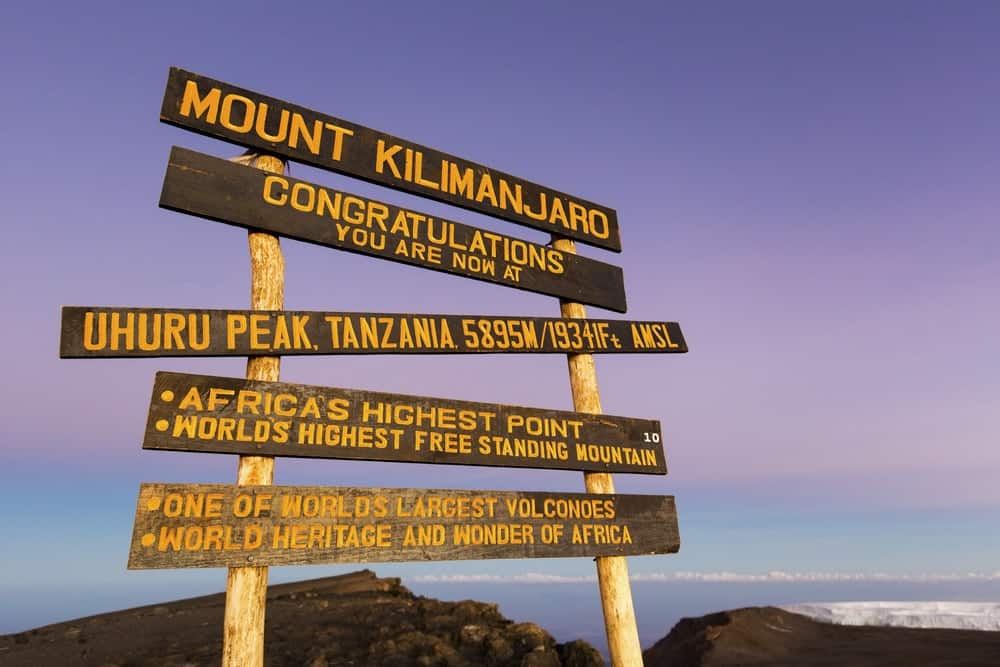
If you can dream it, you can do it
Climbing Kilimanjaro might be one of the hardest things some people will do in their lives, but all the challenges along the way make this experience truly rewarding and one of a kind. As impressive as the mountain is from afar, the views it offers from the summit are just breathtaking.
The key to success is having enough time to acclimatize on the mountain and choosing the right company that has lots of experience in conducting Kilimanjaro hiking trips.
At Tanzania Specialist, we take great pride in our Kilimanjaro Packages that offer high-quality tents, private cooks, park fees, rescue fees, and much more! Our crew is experienced and equipped to handle all sorts of difficulties that may arise on your hike.
We’re there for you every step of the way, making sure you’re in the right state of mind and physically ready to climb the majestic Kilimanjaro. Book your trip or reach out to us if you have more questions. We’ll be happy to address them all!
